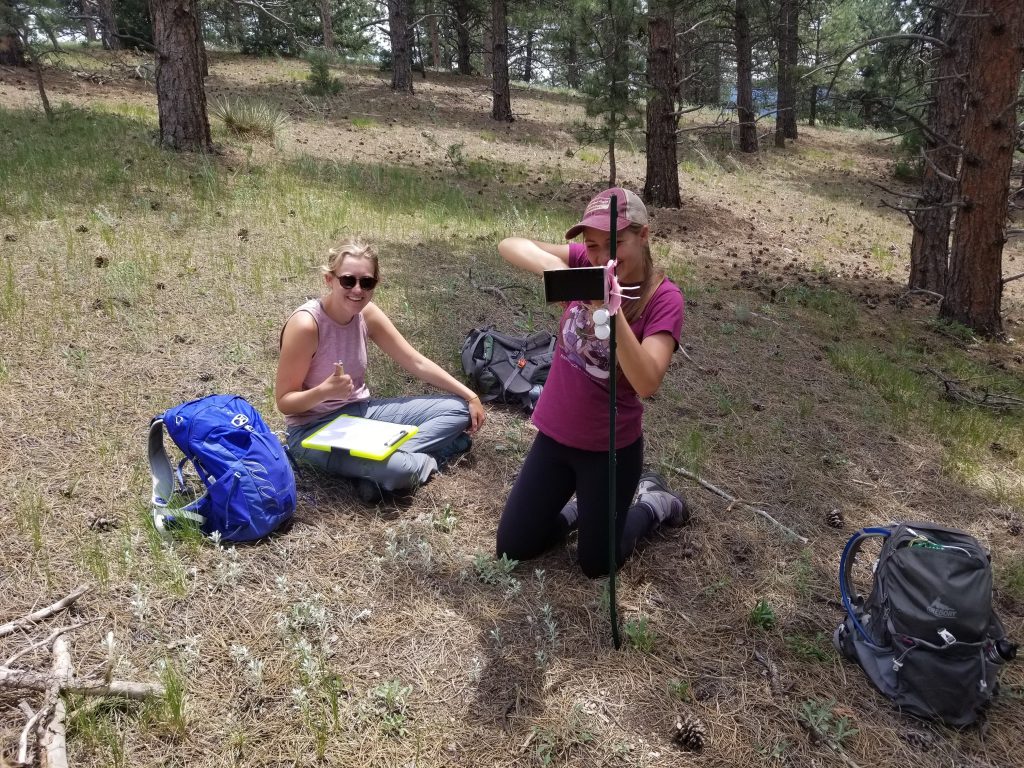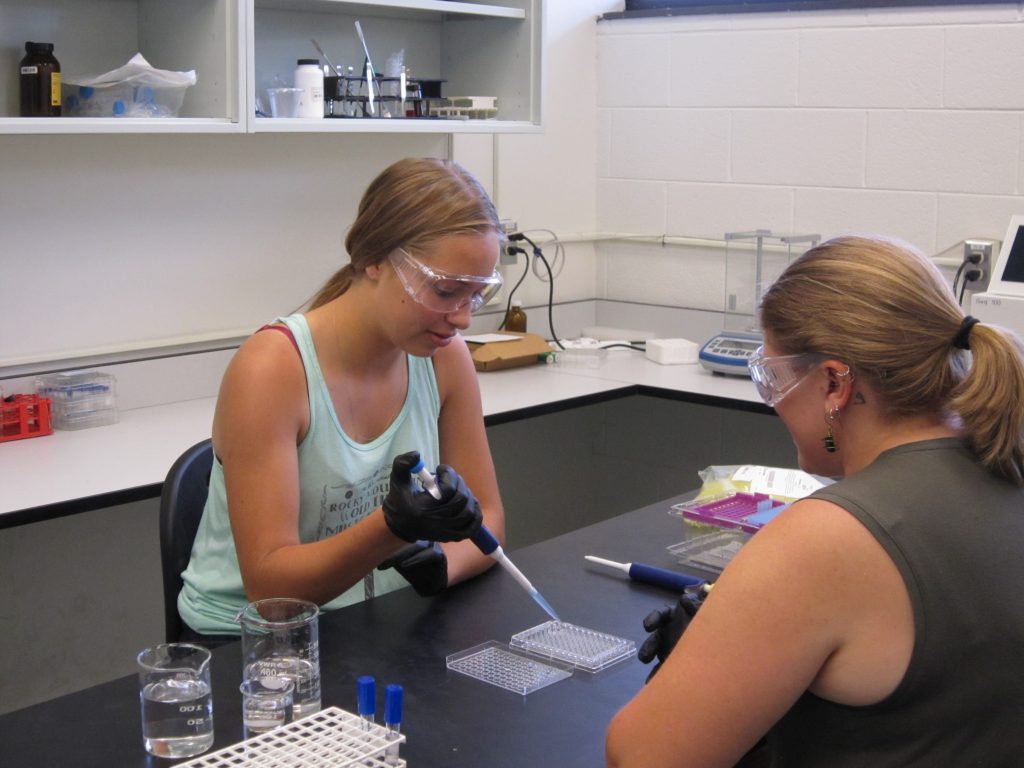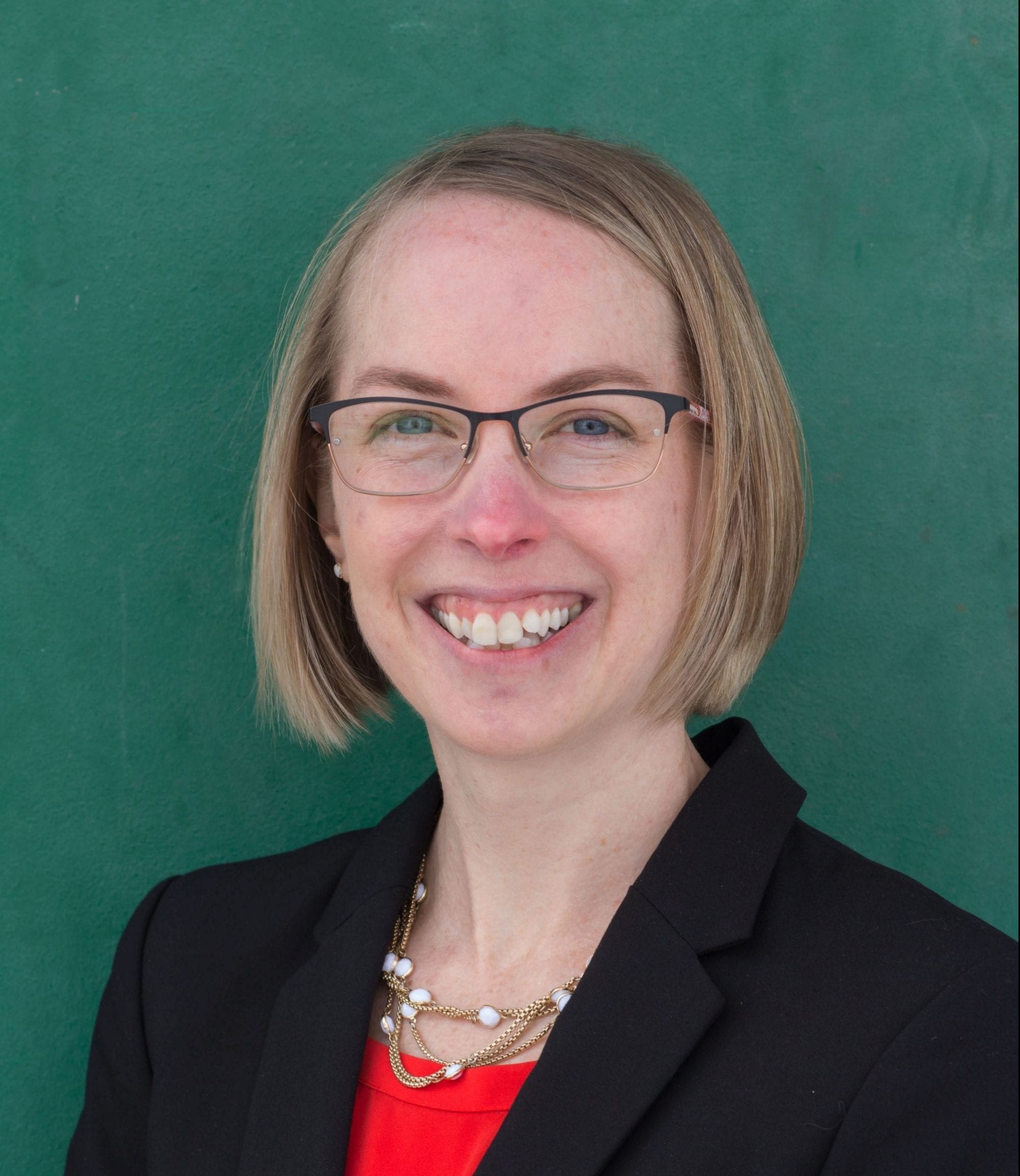Science, technology, engineering, and mathematics (STEM) related fields have historically been and continue to be visibly homogenous (NCSES 2019). Academic and professional communities within natural resources, in particular, have primarily been the realm of socially dominant groups (Balcarczyk et al. 2015, Kern et al., 2015).
The Warner College of Natural Resources (WCNR) at Colorado State University (CSU) is actively working to diversify programs, create an inclusive environment for all, and positively impact natural resources fields with regard to diversity and inclusion. Seth Davis, Assistant Professor of Forest and Woodland Entomology in WCNR, wanted to make a meaningful contribution to his college’s mission and the disciplines of natural resources more broadly. “Personally, I have started to think about how everything I do can plug into that bigger initiative – that I’m doing a better job at providing appropriate instruction and meeting the goals I believe in.”
One of Davis’ goals is to offer underrepresented high school students the chance to experience a natural resources career by conducting hands-on forestry research. With the help and support of the Poudre School District’s (PSD) Career and Technical Education (CTE) Engagement Coordinator, they created a summer internship program for high school students.
The Science and Diversity Internships in Ecology, or SADIE, was started in the summer of 2019 and pairs high school students with graduate student mentors for an average of 20 hours per week of research work.

Research Experiences & Mentoring Broaden Participation
Internship programs like SADIE can help recruit underrepresented minorities into natural resources disciplines. Combinations of research experience and mentorship in minority training programs have emerged as a critical intervention to broaden participation in the STEM disciplines.
“Academics aren’t all old white guys in lab coats, pouring liquids from one vial to another.”
Seth Davis
Evaluations and research of these programs have found (see Hernandez et al., 2013 for a review):
- Success in supporting underrepresented students’ interest and pursuit of STEM degrees and careers
- Mentoring has a positive effect on sustaining interest in the sciences
- Taking part in research activities (e.g., coursework, participation in a faculty member’s lab, or a summer workshop) has positive effects on the sustained interest in the sciences and learning
Research Experiences & Mentoring Provides College & Career Readiness
The United States (US) falls behind other developed nations in providing high school graduates the knowledge and skillsets needed for college and today’s economy (Carnevale et al., 2010; Loera et al., 2013). It is also widely understood that inadequate college and career readiness often prevent youth from seamless transitions into postsecondary education and the workforce (Loera et al., 2013). Thus, policymakers in the US have advocated for increased participation in high-wage, high-demand fields – such as those in STEM (Hernández-Gantes et. al., 2018). In response to this call, districts and schools have explored new avenues for high school students to pursue STEM careers.
The Poudre School District has developed a very successful CTE program that provides students with the academic knowledge and technical skills they need to gain entry into high-skill, high-wage, and high-demand industries. CTE programs were once associated with non-college-bound students and their preparation for entry-level, low-wage jobs (Hernández-Gantes et. al., 2018). Over the years, CTE has transitioned from vocational education programs focused on narrow job skills to innovative programs that prepare students for a highly skilled workforce.
Benefits of Work-Based Learning
CTE programs at PSD offer work-based learning (WBL) experiences, which involve learning technical, academic, and employability skills by working in a real-world work environment. Davis’s SADIE summer internship program is just one example of a work-based learning experience.
Research on WBL programs, which mirrors studies on research experiences and mentoring, have found many significant, positive impacts for participants, including:
- WBL helps students apply and extend classroom learning, increase motivation and understanding, explore careers, and develop a critical understanding of the work environment (Brown, 2003; Kenny et al., 2010; Stern et al., 1998).
- WBL can facilitate work readiness (Halpern, 2006; Phillips et al., 2002)
- WBL increases job-related skills and knowledge (Halpern, 2006; Hughes et al., 1999)
- WBL increases school attendance and reduces dropouts (Hughes et al., 1999)
- Placing students in a business for part of their training is a cost-effective method of preparing students for careers because it teaches current practices with up to date technology and the culture of the workplace (Stern et al., 1998)
Work-Based Learning @ CSU
The internship model developed by Davis targets students from underserved populations and takes them through the entire scientific method during the internship period. Each intern is partnered with a graduate student in Davis’ lab to provide mentorship. An initial meeting with participants outlines the goals and expectations for the summer from the perspectives of Davis, the graduate student, and the intern. The graduate student mentors and interns meet regularly throughout the summer, while everyone comes together as a group a few times during the summer.
Time management is imperative for a successful internship program. “[The interns] are high schoolers with other commitments, so it’s essential to make a plan in the first week of the program.” For Davis, with the help of his graduate students, his workload is reduced primarily to logistical support. The interns collect data for research projects, which the intern later uses to create and present as a research poster.
Changing students’ perceptions of natural resources is one significant outcome Davis has seen from the two years of leading SADIE. “A lot of times, it’s an eye-opener [for the intern] because of the environment here, and how we interact and work together, and once you experience that environment, you might see science as something completely different.”
“I think SADIE is influencing them. A lot of them don’t know what a career in science looks like, and when they find out, they are pleasantly surprised and it seems way cooler than they thought.”
Seth Davis

SADIE has positively impacted its participants, as evidenced by their paths after the internship, with one intern being admitted into Harvard, and another being employed at the Forest Service. One previous intern now works in Davis’ lab as an hourly employee and will help co-author a research paper.
Get Involved
Work-based learning opportunities are a great way to broaden the participation of underrepresented groups in STEM fields by providing participants mentorship and research experiences, leading to successful college and career pathways. Broadening participation is also a significant priority for federal funding agencies.
“The need for a robust and diverse STEM workforce has been reiterated for decades, and it is one of the current administration’s top priorities in order to maintain America’s historical preeminence in the STEM fields.”
Dr. Panchanathan, National Science Foundation Director
Work-based learning programs can be included in research grant proposals and are a great way to connect the PI’s research to education and engagement initiatives. “Once you realize that you can connect these initiatives to your ability to secure funding successfully, it starts to make perfect sense across all of the boxes.”
Davis admits the work can be overwhelming if researchers don’t have the support of graduate students, but offers this as a reminder, “A lot of things that are worth doing are not that easy to do – they take effort, time, thought, collaboration, and logistics. But now that we’ve been doing it for a couple of years, the workflow and process are getting easier and easier.”
Start Your Own Work-Based Learning Opportunity
Read more about Work-Based Learning @ CSU and how you can get involved

Dr. Cheryl L. Bowker
Associate Director – STEM Center
Cheryl has worked at the STEM Center since 2013 and has evaluated and managed several STEM education projects. Cheryl enjoys impassioned discussions about research, education, and insects. Check out the Staff page for contact details.
Disclaimer: The thoughts, views, and opinions expressed in this post are those of the author and do not necessarily reflect the official policy or position of Colorado State University or the CSU STEM Center. The information contained in this post is provided as a public service with the understanding that Colorado State University makes no warranties, either expressed or implied, concerning the accuracy, completeness, reliability, or suitability of the information. Nor does Colorado State University warrant that the use of this information is free of any claims of copyright infringement. No endorsement of information, products, or resources mentioned in this post is intended, nor is criticism implied of products not mentioned. Outside links are provided for educational purposes, consistent with the CSU STEM Center mission. No warranty is made on the accuracy, objectivity or research base of the information in the links provided.
Get Notified of New Posts
Subscribe and receive email notifications about new posts directly in your inbox.



